Days
Nat Faulkner14.1–25.2.2024
231 Northdown Road
Margate, Kent
CT9 2PJ
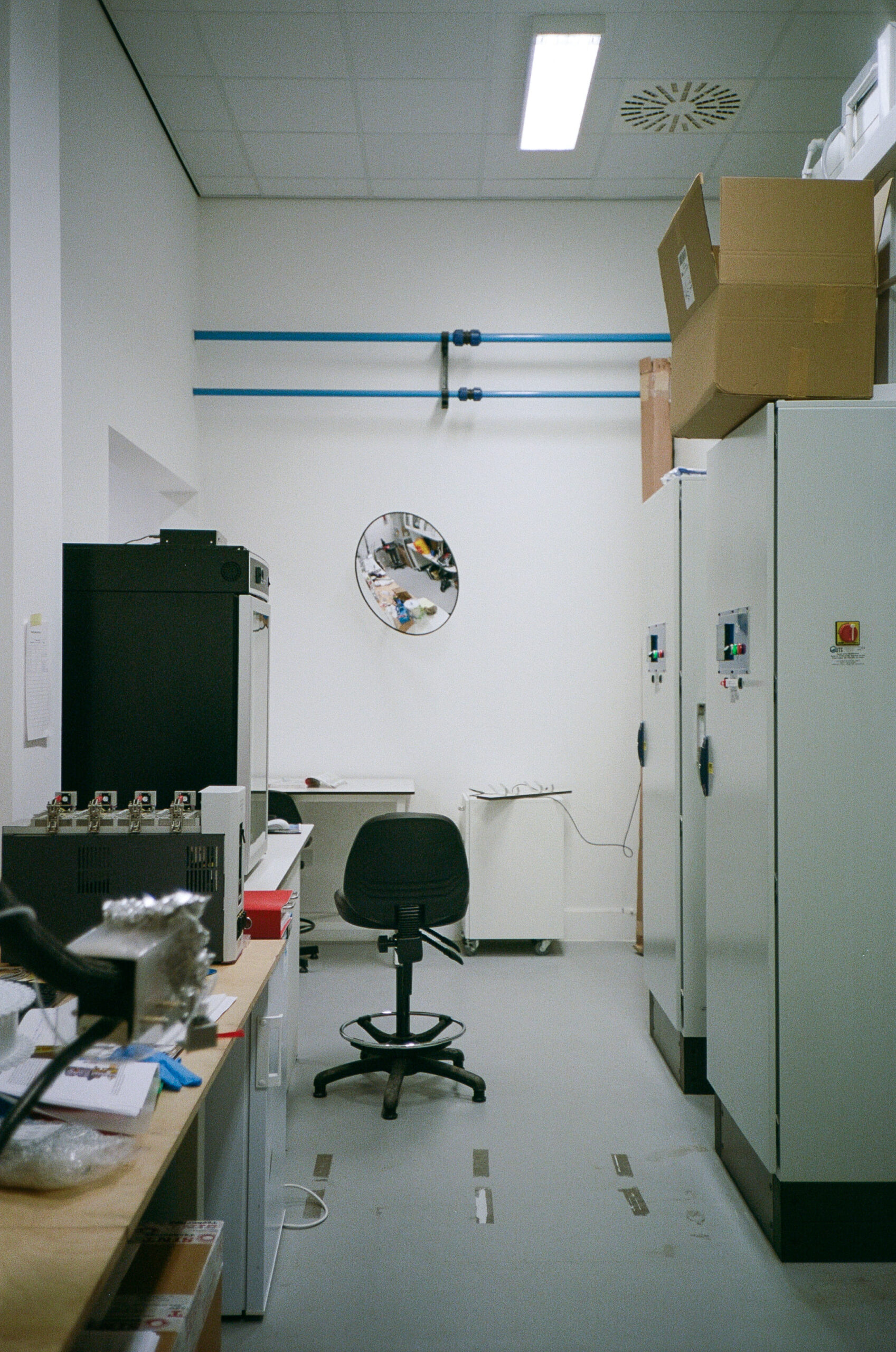
Across Nat Faulkner’s hand printed works, mottled marks and subtle variances in colour and form constellate together into an aesthetic of happenstance, a result of his negotiations between the specific alchemy of an analogue photographic practice, and a desire to relinquish control to those same anachronistic processes. With his studio retroactively fashioned into a darkroom, each image’s production is in dialogue with multiple mutable parameters, from ambient light levels, temperature, and seasonality. Amongst this adversity, Faulkner steers a methodology that inadvertently imbues each surface with reference to its own idiosyncratic production. In the room’s darkness, he uncovers the images that, in their material essence, bear witness to and suspend time, a defiant departure from the modern hybridity of images.
Two blown glass spheres, their insides coated in silver by way of chemical reaction, provide alternate sites to interrogate photography’s distinct materialities. Giuseppe Penone’s Rovesciare i propri occhi (Reversing One’s Eyes), is a clear antecedent to these works. The series features Penone wearing mirrored contact lenses that reflect his immediate environment, revealing the act of documentation that typically remains hidden in the photographic process. By blocking his vision, Penone, like Faulkner, subverts the conventions of the photograph and its potential as a document, through a consideration of the medium’s spatial qualities. The reflected image suspends time in effect, as we see both the past in the captured images and a projected idea of futurity reflected in the artist’s mirrored iris. As days change to weeks, the unfixed silvered vessels left exposed in the environment will tarnish and fog, like a cataract, rendering visible ephemeral concepts that elude usual perception and quantification.
This idea of, and experimentation with a priori and a posteriori knowledge is reflected through Faulkner’s documentation of environmental chambers and research facilities, subjects that are typically closed off but which passively enable knowledge production. These subjects stand in stark contrast to Faulkner’s own studio and darkroom, where he embraces discovery over precision, enabling his environment to resist him, eschew- ing precise measurements and control over known variables to achieve his distinct visual language. A weighty iron radiator filled with helium reflects a further concern, namely, the creation of artworks that embody imperceptible ideas of tension or change. These sculptural moments, frozen in time, in effect, transform into images. The radiator unable to float away despite its lighter-than-air interior, encapsulates incredible possi- bilities within its own material constraints. Faulkner deftly manipulates these invisi- ble potentials and celebrates the unreconciled, offsetting these objects caught in flux against the ‘fix’ of the photographic.
Alexander Harding
-
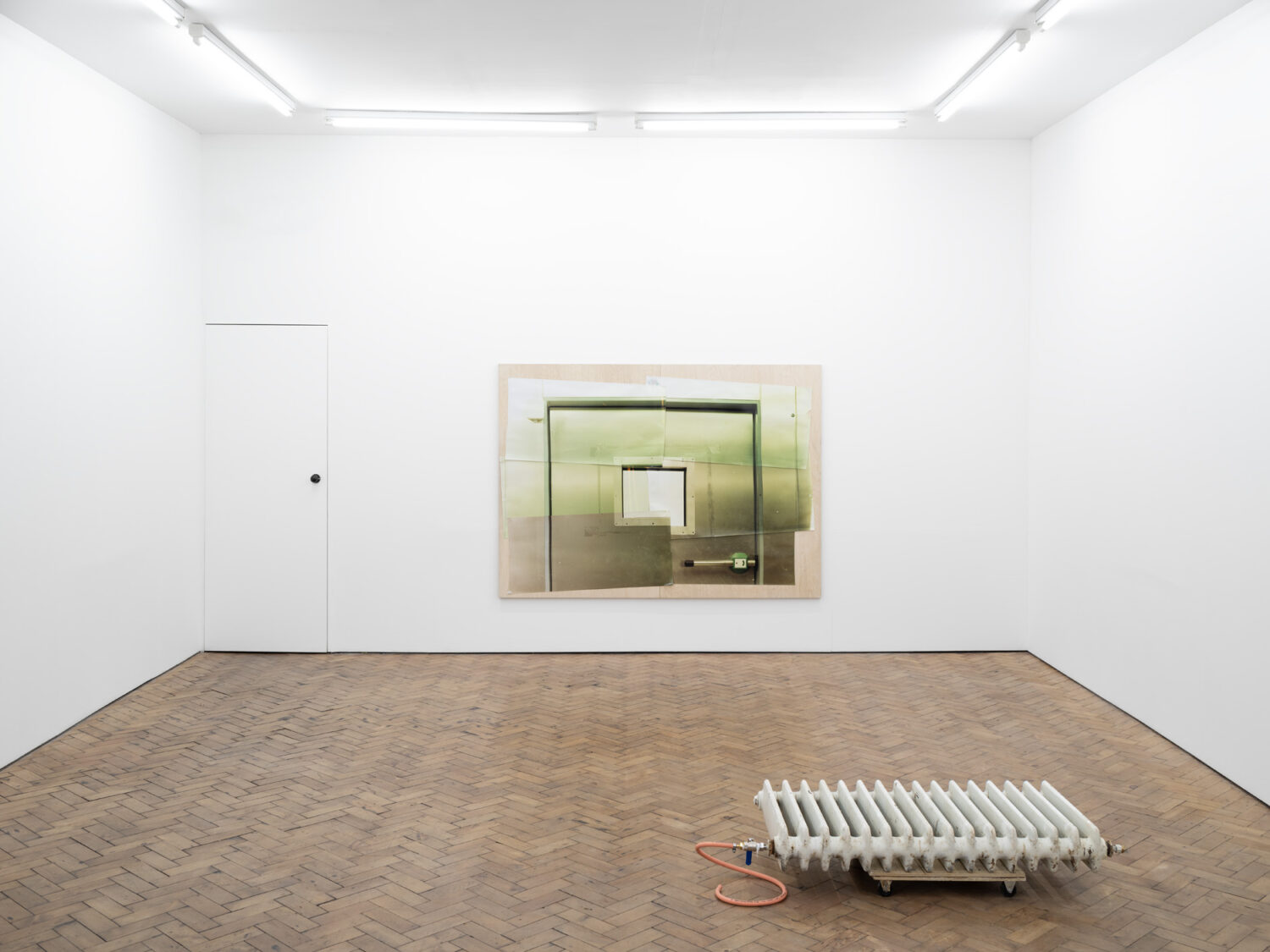
Nat Faulkner
Days, 2024 -
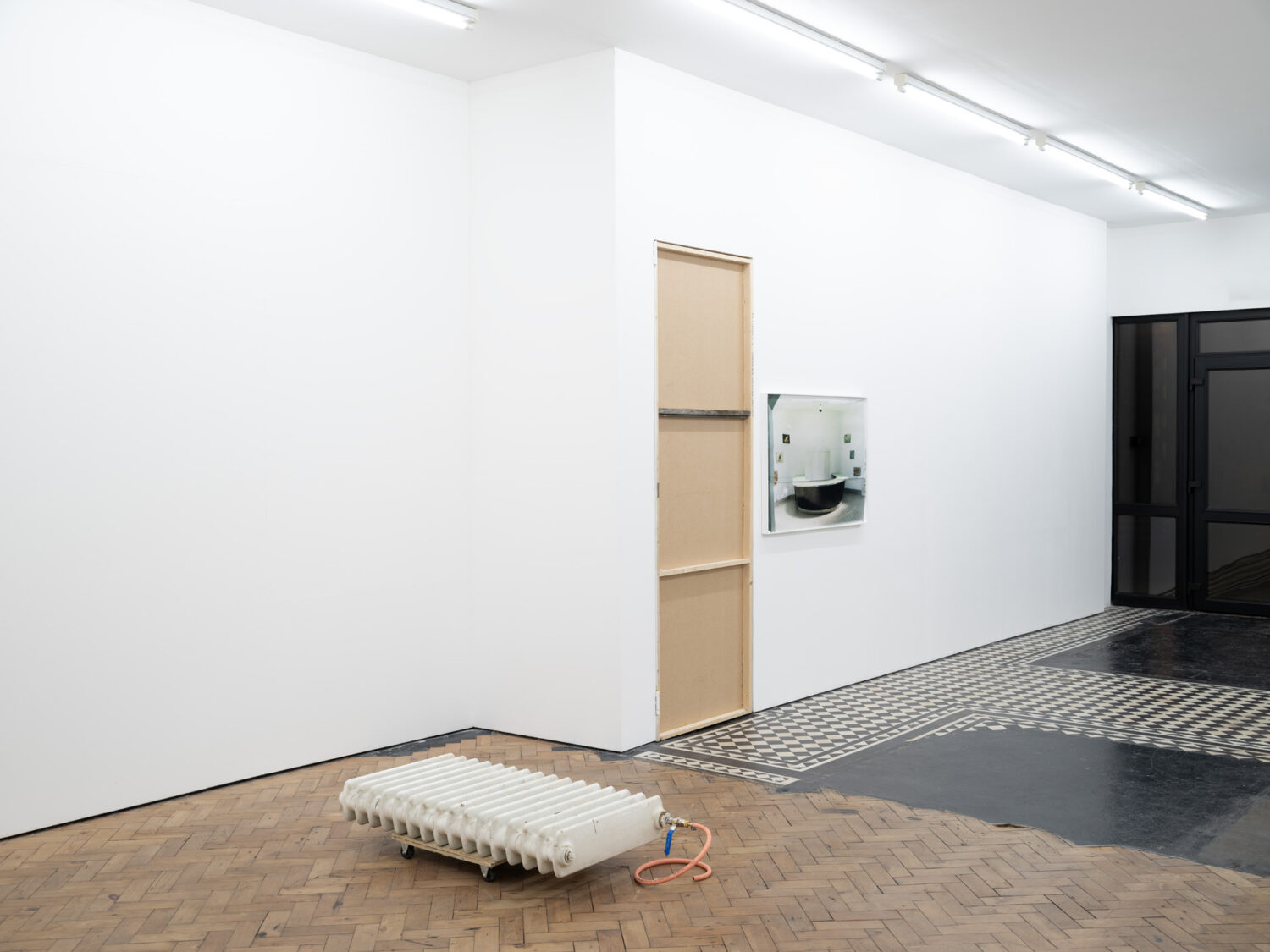
Nat Faulkner
Days, 2024 -
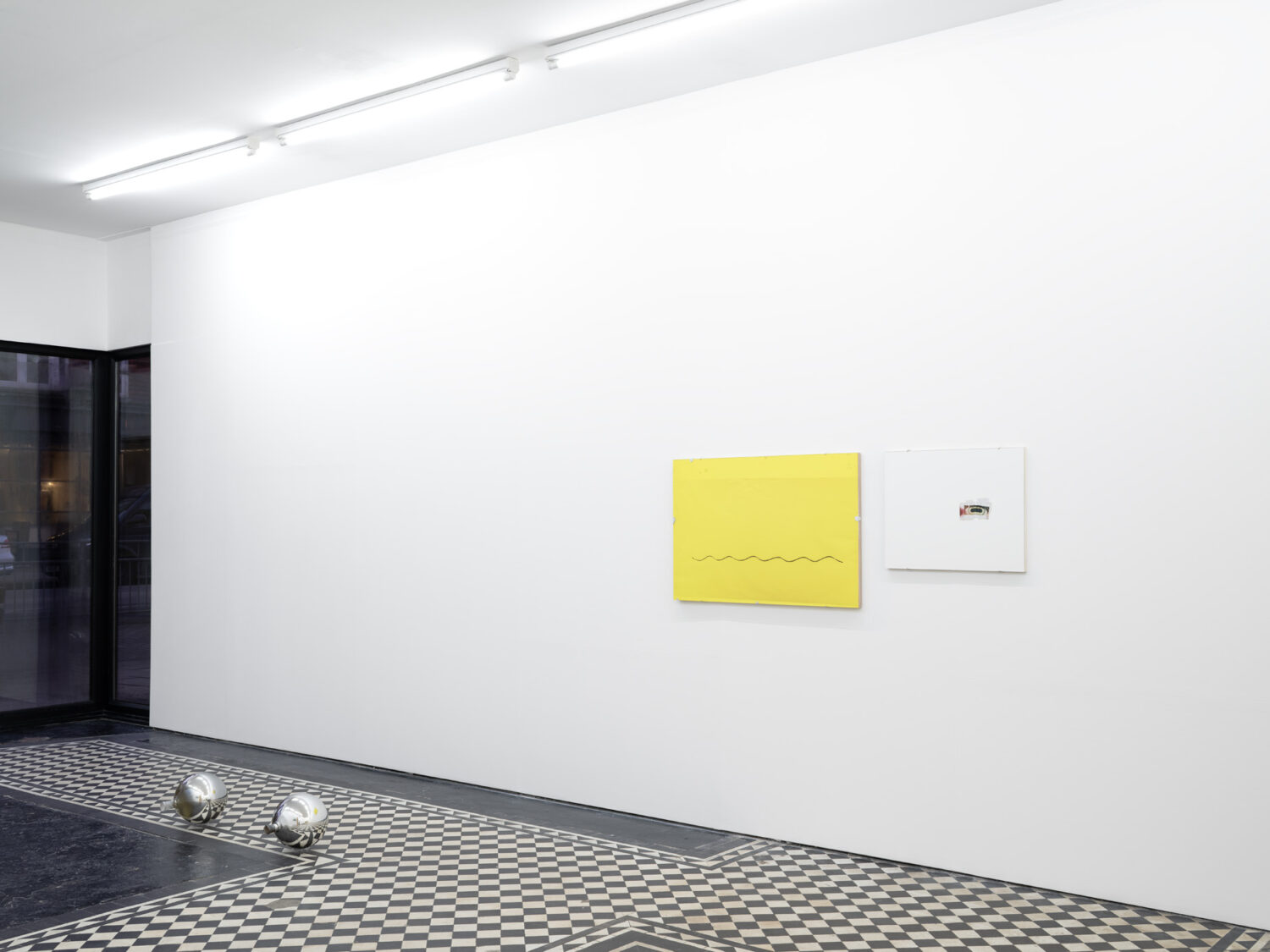
Nat Faulkner
Days, 2024 -
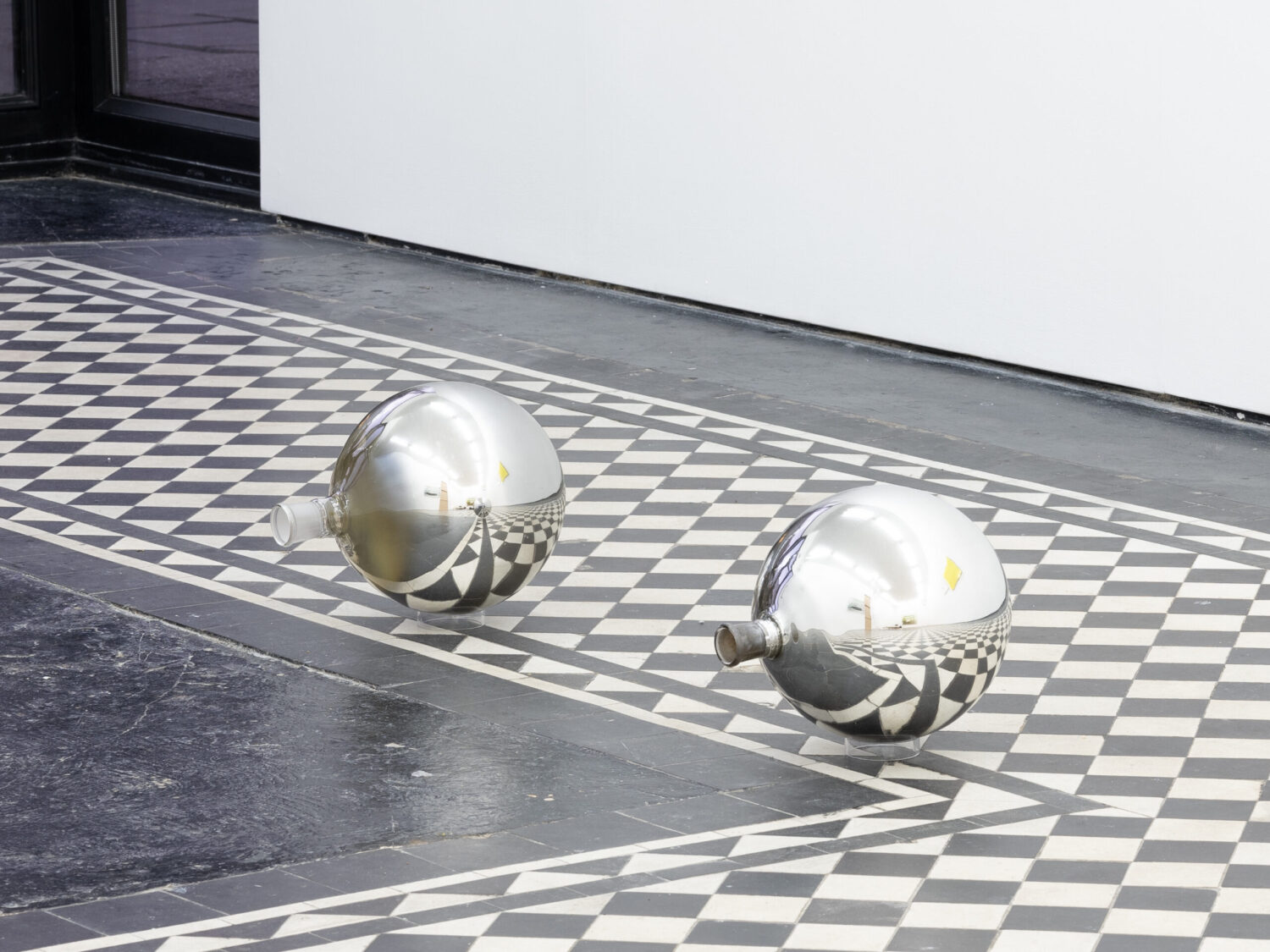
Nat Faulkner
Untitled, 2024
Glass flasks, silver mirror reaction
90 × 25 × 23 cm -
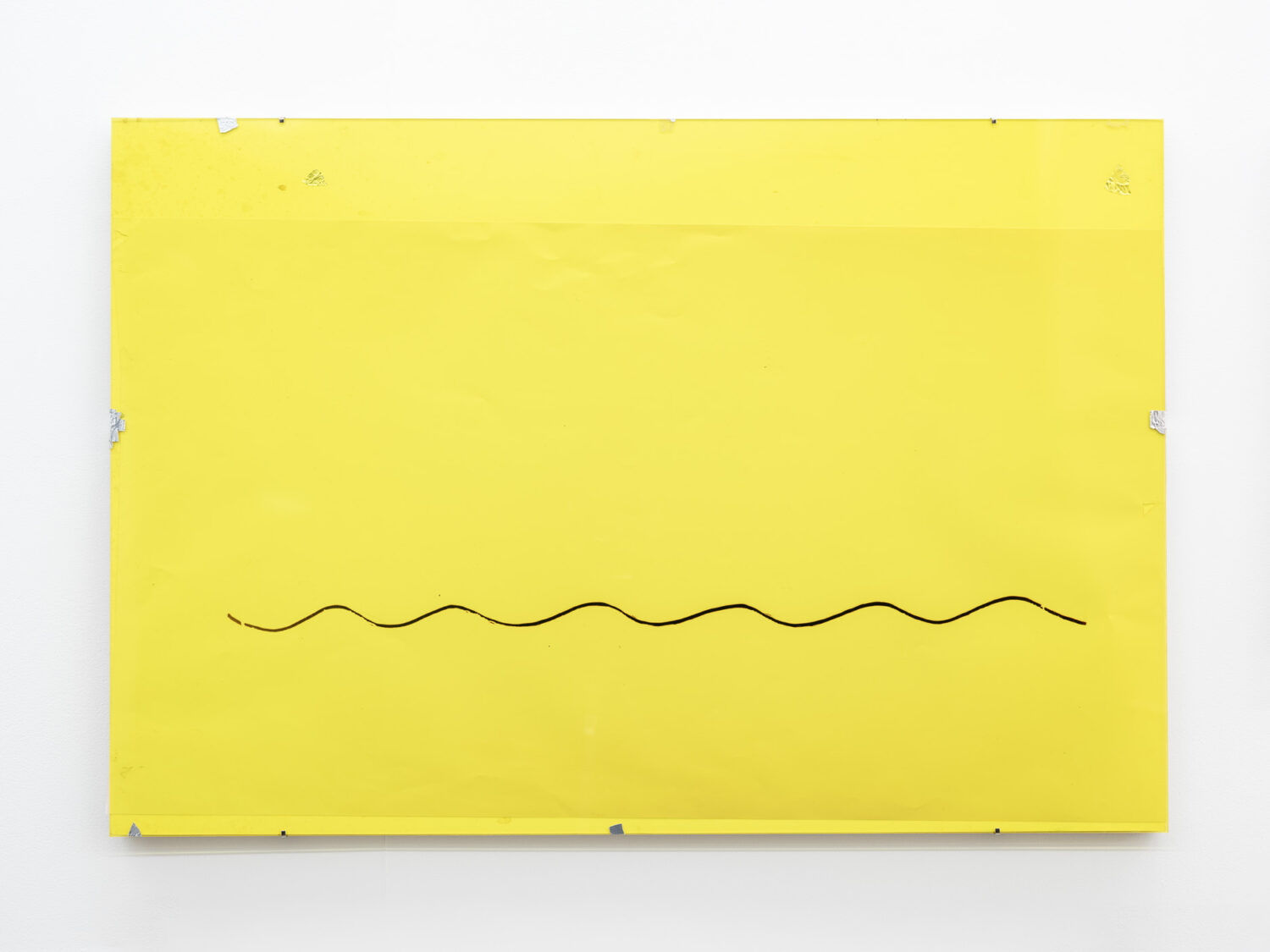
Nat Faulkner
Untitled, 2024
Chromogenic print, plywood, tinted perspex, aluminium tape
61 × 90 × 35 cm -
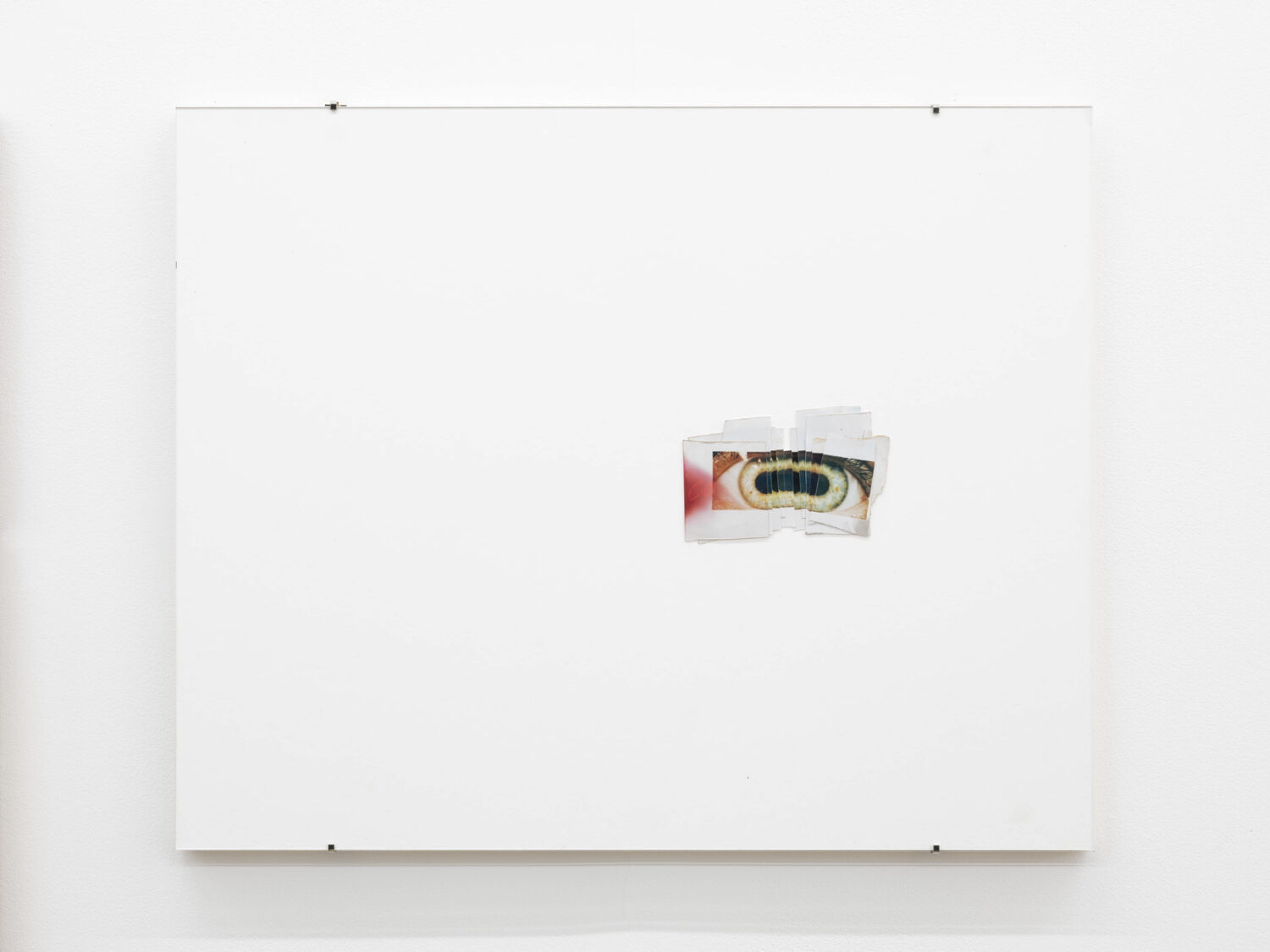
Nat Faulkner
Untitled, 2024
Chromogenic print, plywood,
tinted perspex, aluminium tape
61 × 90 × 35 cm -
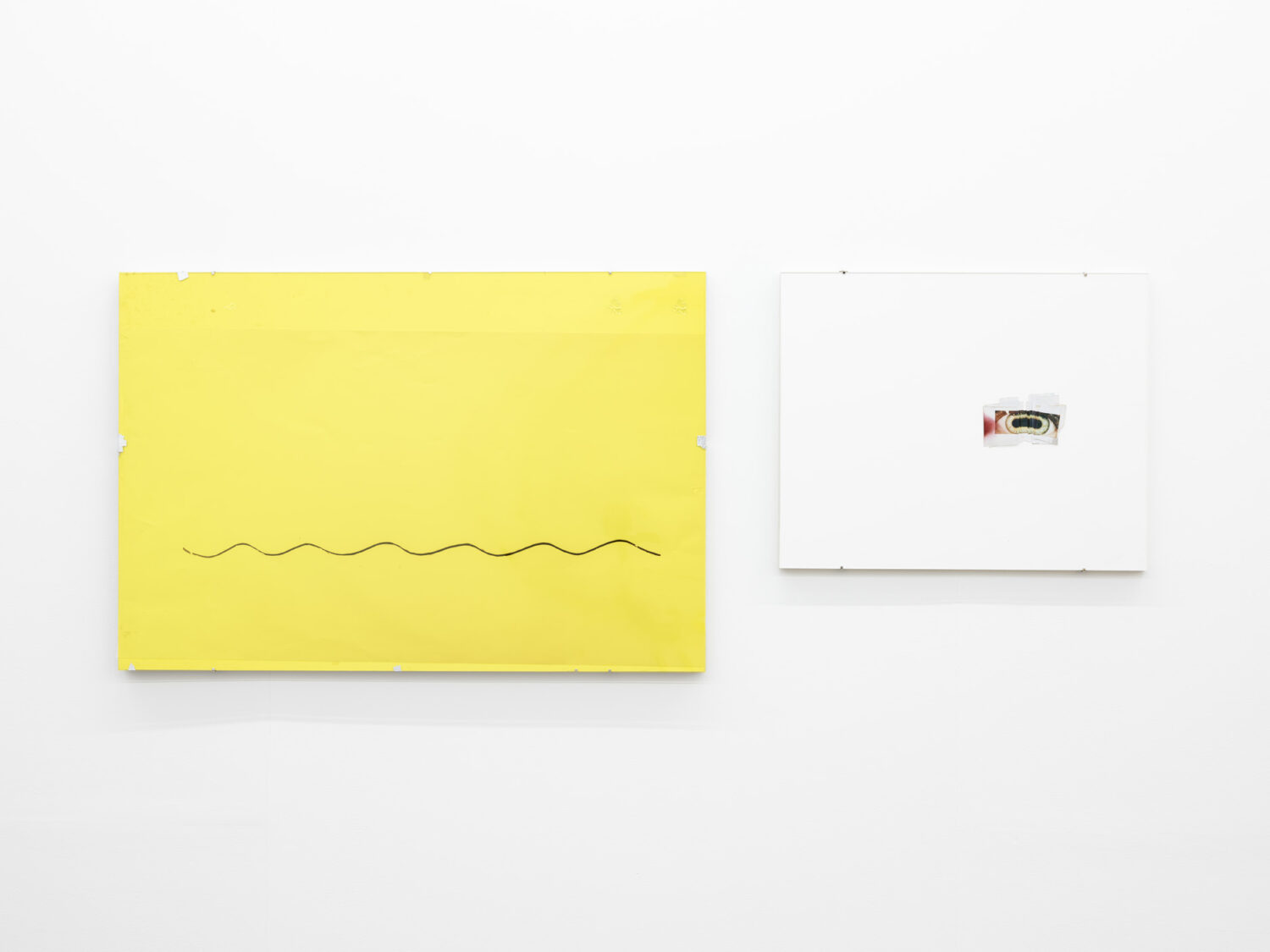
Nat Faulkner
Days, 2024 -
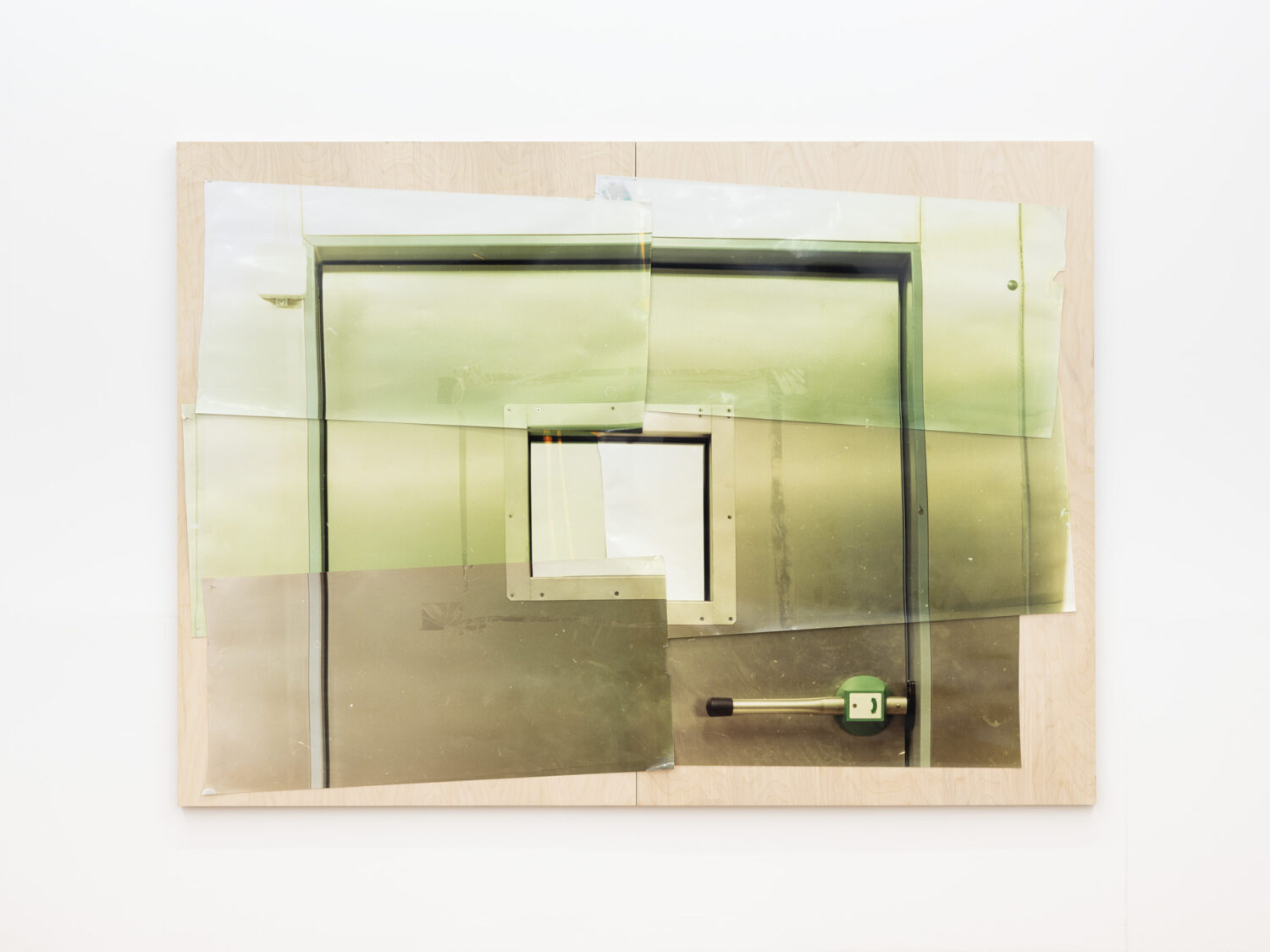
Nat Faulkner
Untitled, 2024
Chromogenic print on plywood
145 × 200 × 2 cm -
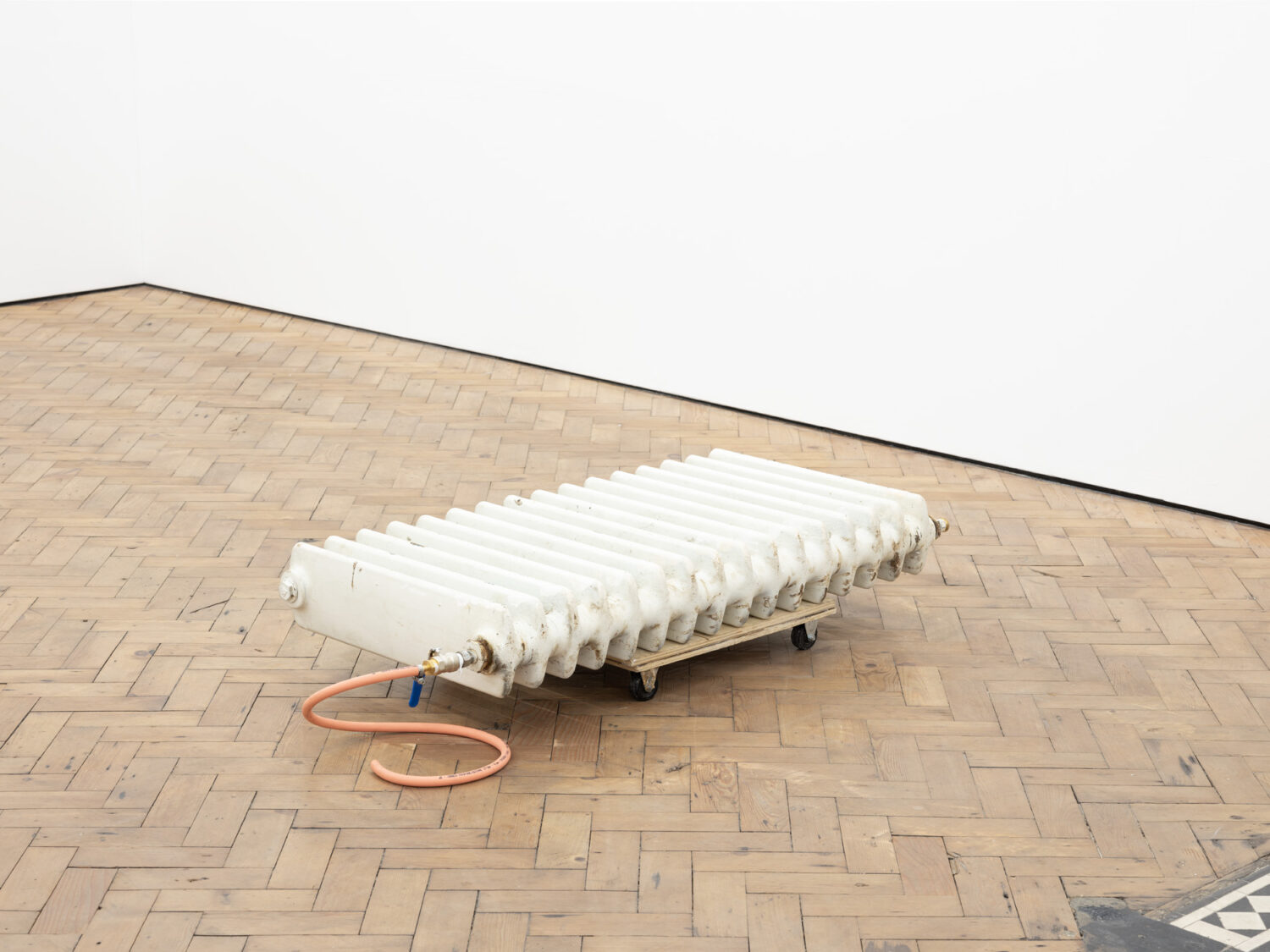
Nat Faulkner
Untitled, 2024
Cast iron radiator, helium gas, skate
24 × 130 × 55 cm -
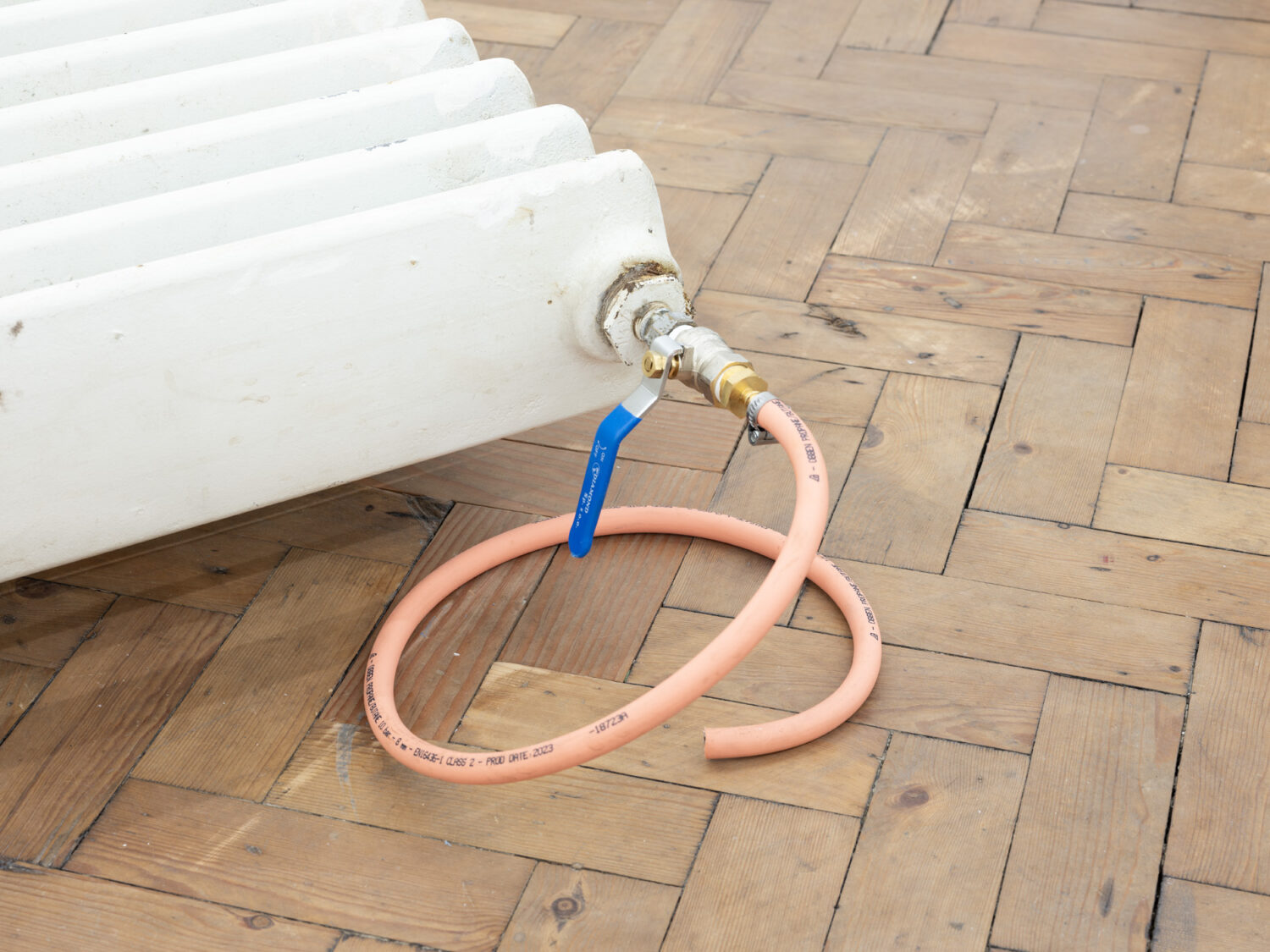
Nat Faulkner,
Untitled, 2024 (Detail) -
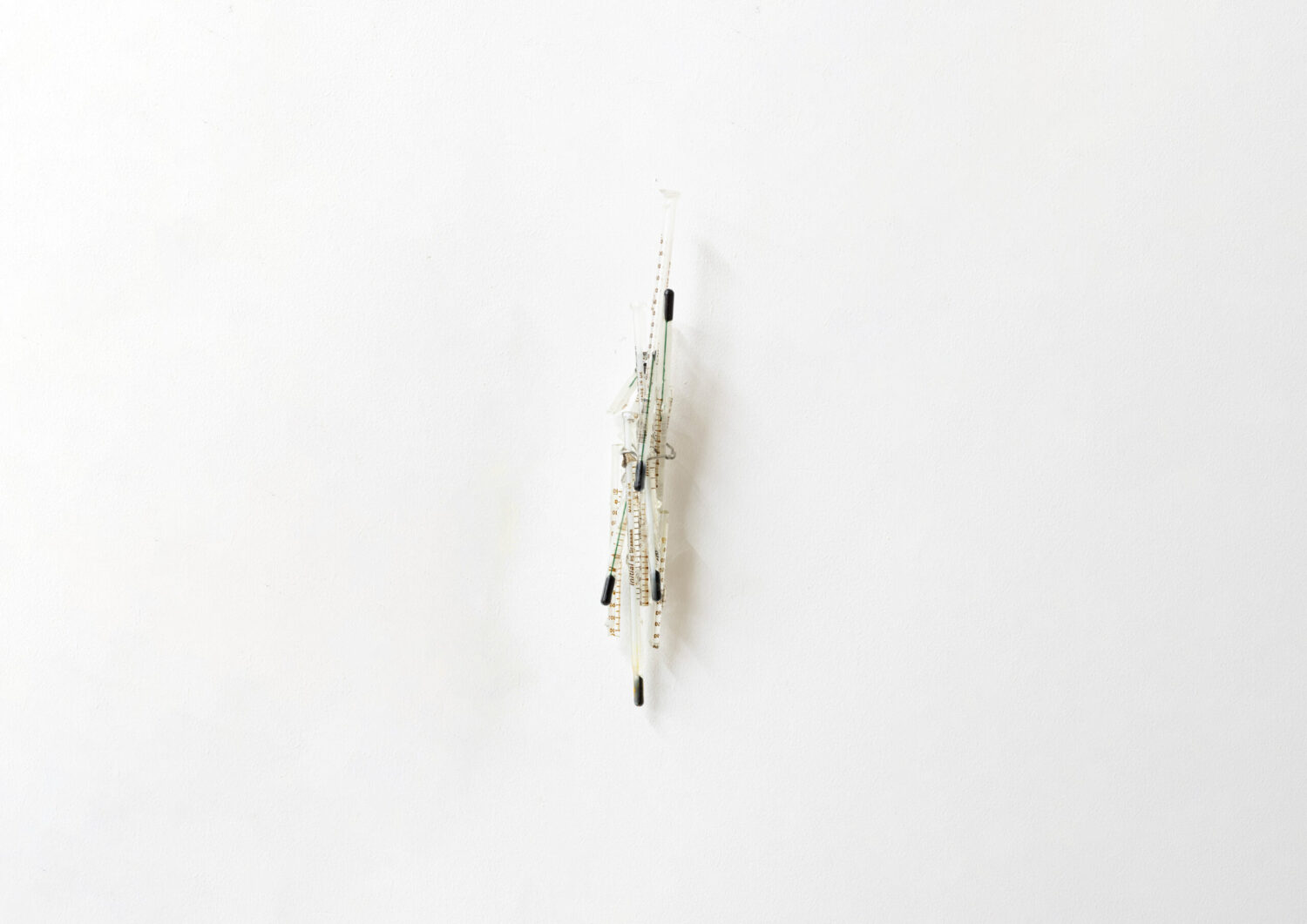
Nat Faulkner
Untitled, 2024
Glass thermometers, UV cure resin
30 × 5 × 4cm -
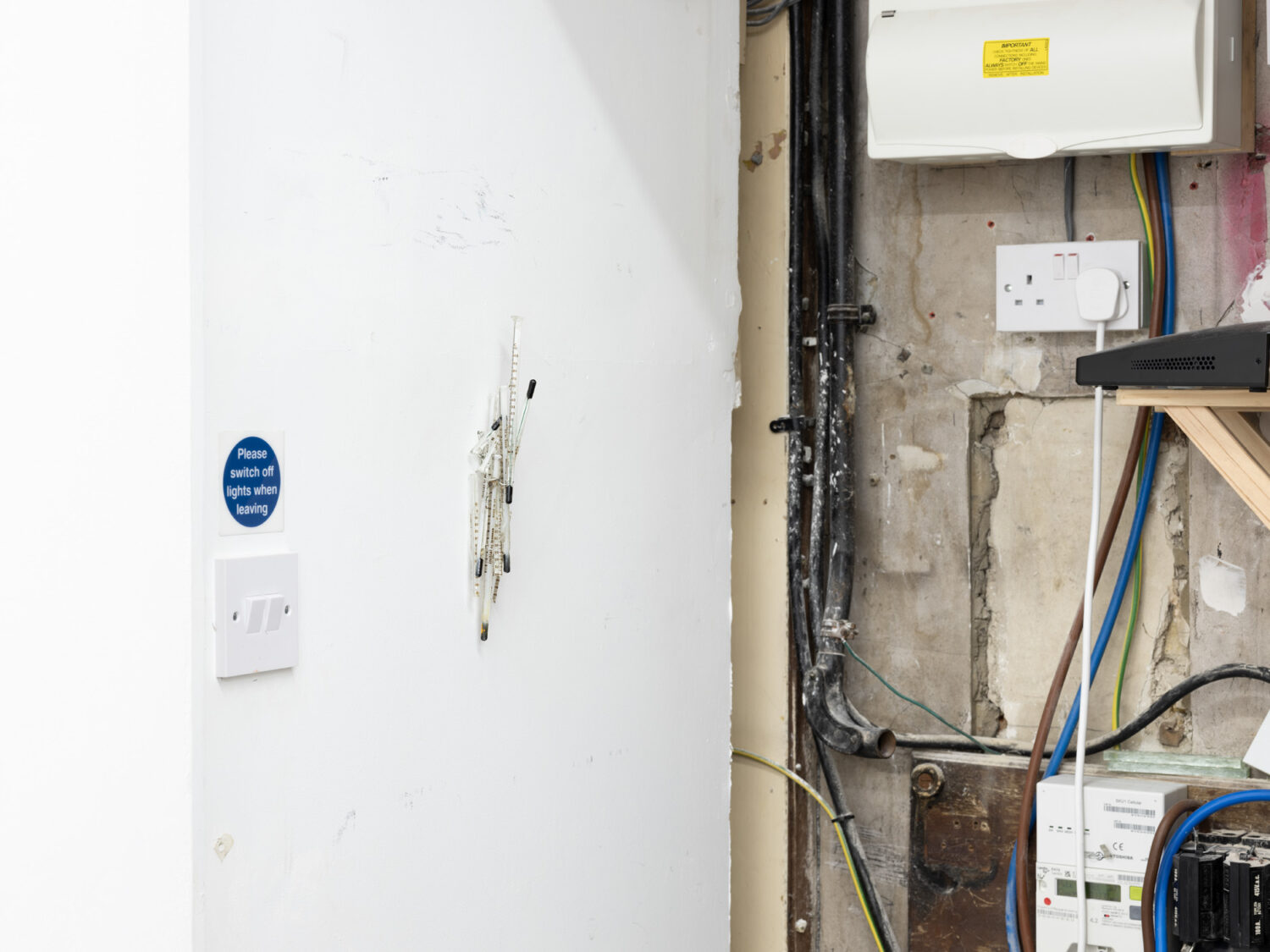
Nat Faulkner
Days, 2024 -
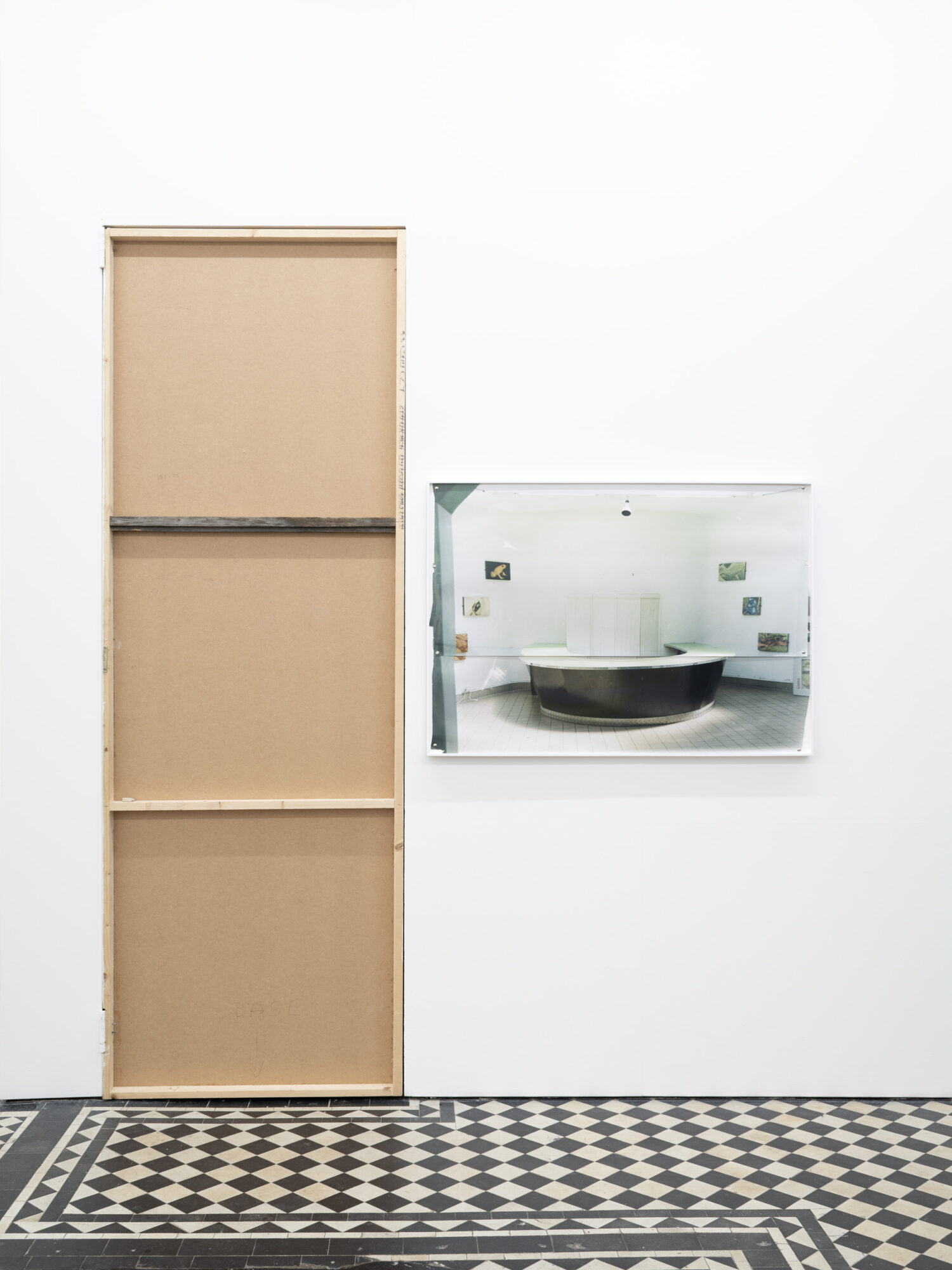
Nat Faulkner
Untitled, 2024
Inverted cupboard door, white tac, found materials
230 × 80 × 5 cm -
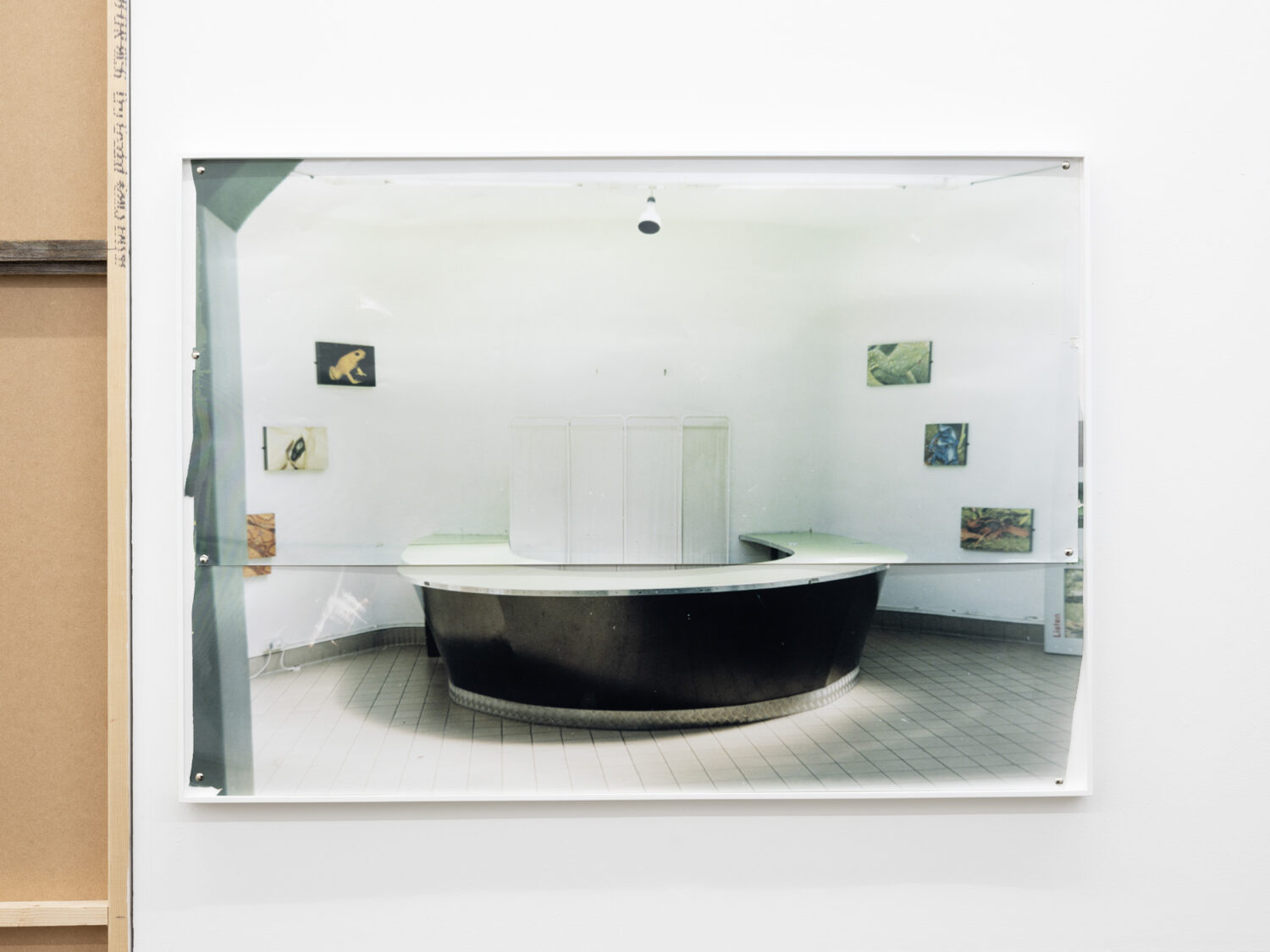
Nat Faulkner
Untitled, 2024
Framed chromogenic print, brass pins
73 × 104 × 4 cm -
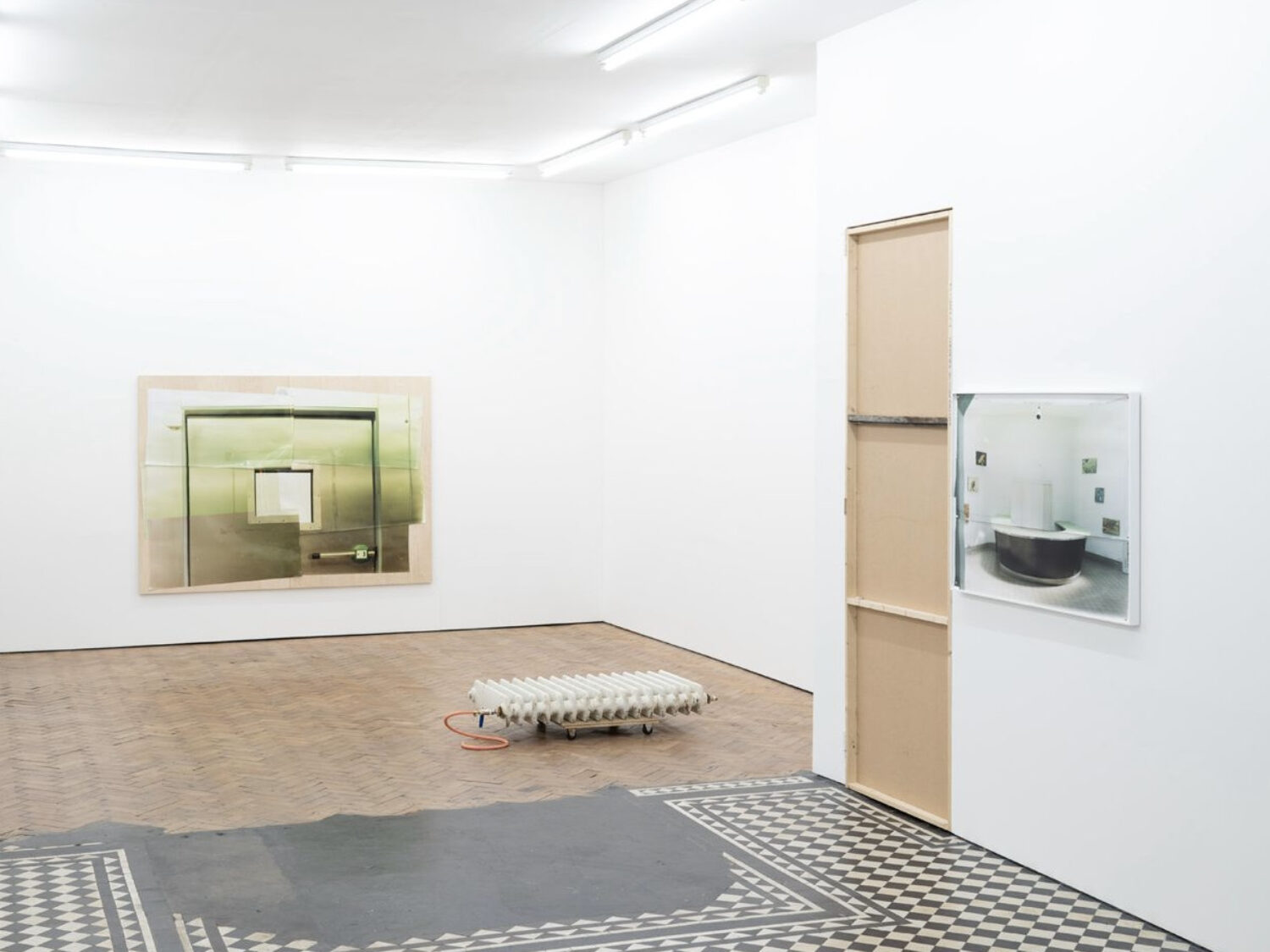
Nat Faulkner
Days, 2024